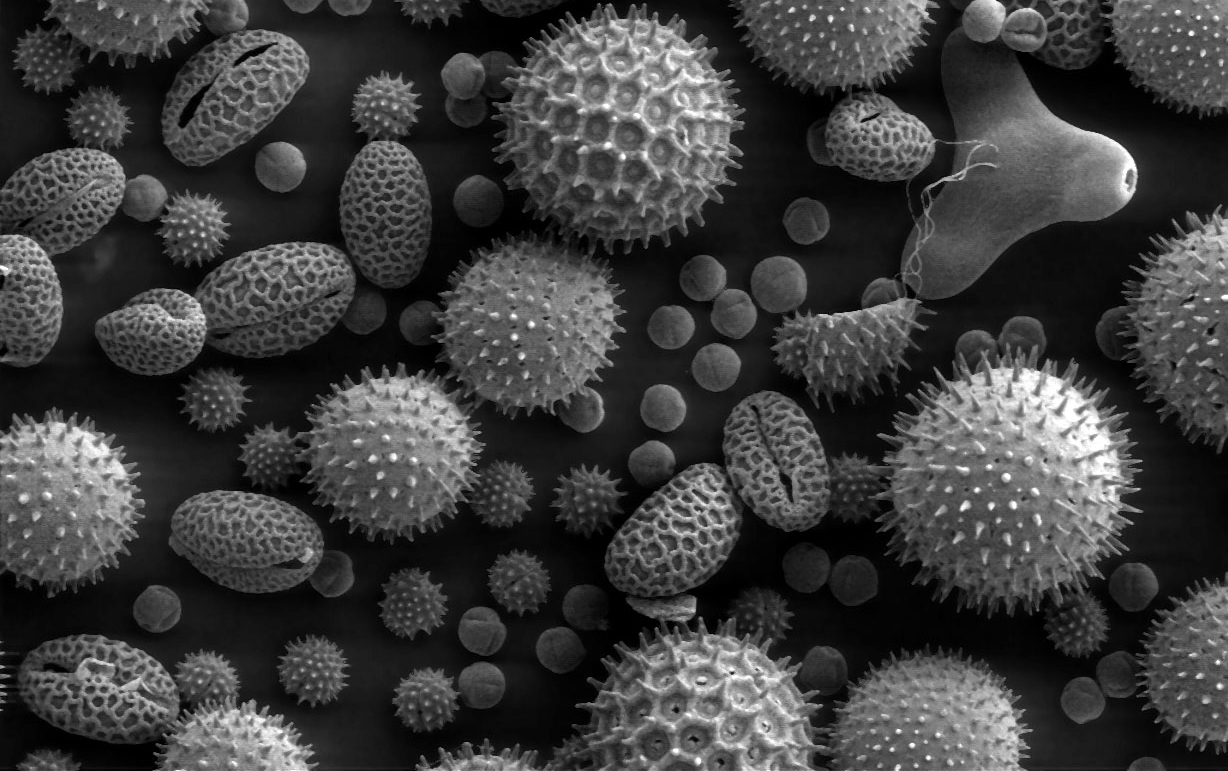New electron microscopy technique offers first look at previously hidden processes
23. 12. 2020 | Northwestern University | www.northwestern.edu
Northwestern researchers have developed a new microscopy method that allows scientists to see the building blocks of “smart” materials being formed at the nanoscale.
The chemical process is set to transform the future of clean water and medicines and for the first time people will be able to watch the process in action. “Our method allows us to visualize this class of polymerization in real time, at the nanoscale, which has never been done before,” said Northwestern’s Nathan Gianneschi. “We now have the ability to see the reaction taking place, see these nanostructures being formed, and learn how to take advantage of the incredible things they can do.”

Dispersion polymerization is a common scientific process used to make medicines, cosmetics, latex and other items, often on an industrial scale. And at the nanoscale, polymerization can be used to create nanoparticles with unique and valuable properties. These nanomaterials hold great promise for the environment, where they can be used to soak up oil spills or other pollutants without harming marine life. In medicine, as the foundation of “smart” drug delivery systems, it can be designed to enter human cells and release therapeutic molecules under specified conditions.
Read more at Northwestern University
Image Credit: Wikipedia
-jk-




